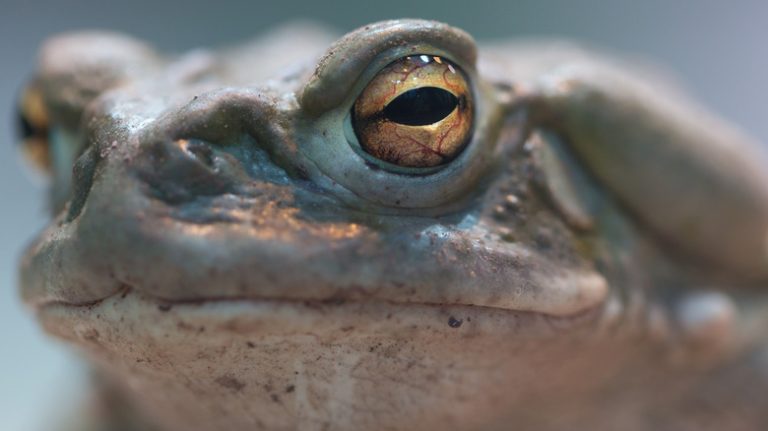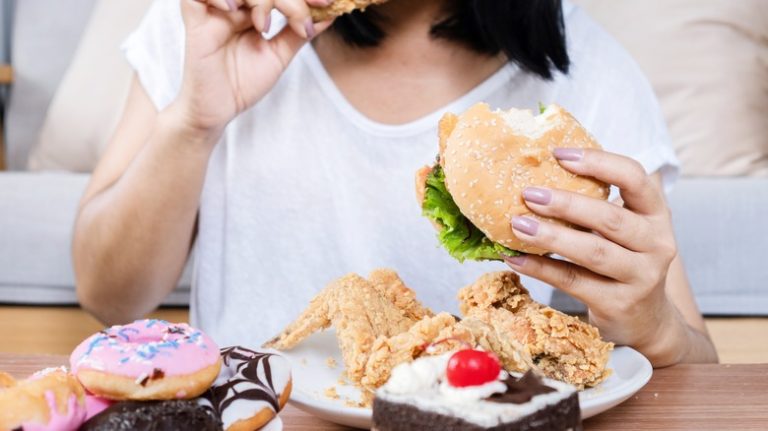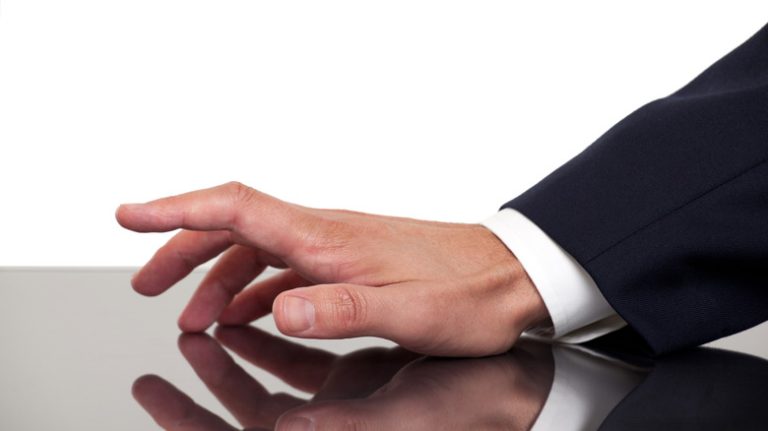Trypophobia is a condition characterized by fear or discomfort with patterns or clusters of small holes, per the Cleveland Clinic. Although the condition isn’t classified as a mental disorder, it can cause significant distress for those who experience it, says Psych Central. Healthline notes that the name was first coined on an internet forum in 2005 and is a combination of the Greek words “trypa,” which means “punching or drilling holes,” and “phobia,” which means “fear or aversion.”
Various things can trigger it. This includes images of seed pods, bubbles, beehives, sponges, and objects with small holes or patterns, such as honeycombs (via MedicalNewsToday). Some people may experience trypophobia in response to real-life objects or situations, while others may experience it in response to images or videos. It’s important to note that trypophobia triggers may vary from person to person, and what triggers trypophobia for one person may not trigger it for another.
According to Psych Central, people with trypophobia mainly experience intense disgust rather than terror. However, an extreme level of fear has been reported in some cases.
Causes of trypophobia
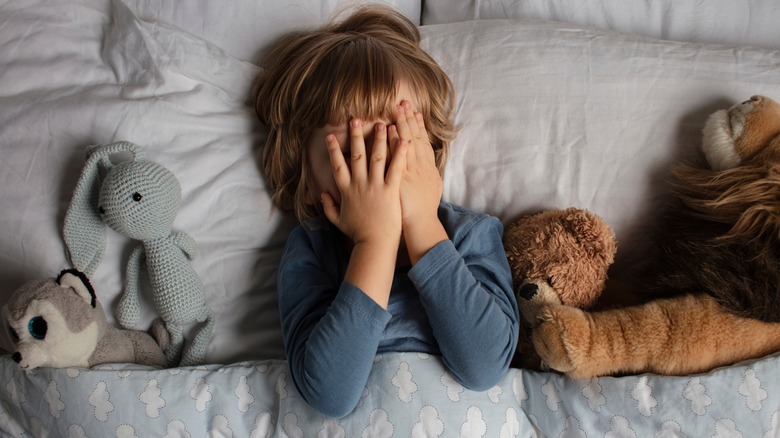
The exact cause of trypophobia isn’t well understood, and research on the condition is limited. Some experts believe that trypophobia may be related to an evolutionary response to patterns or clusters of small holes or bumps, as many of the things that trigger trypophobia are associated with danger or illness in nature, says the Cleveland Clinic. For example, poison dart frogs are known to produce patterns or clusters of small holes or bumps, and are potentially dangerous to humans, says Healthline. Other theories suggest that trypophobia may be related to past traumatic experiences, genetics, or the presence of other mental disorders, explains Psych Central. They note that major depressive disorder and generalized anxiety disorder are the two mental disorders most commonly associated with trypophobia.
Symptoms of trypophobia may include anxiety, fear, disgust, and discomfort when exposed to trypophobia triggers, says MedicalNewsToday. In some cases, trypophobia may cause panic attacks or avoidance behaviors (via Healthline).
Tips to manage trypophobia
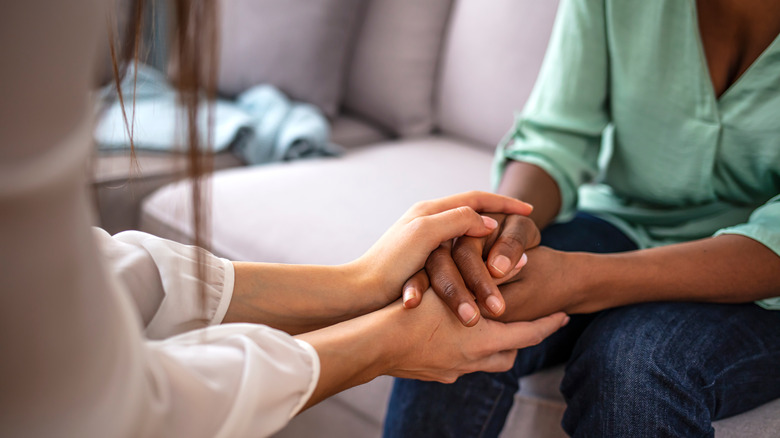
According to MedicalNewsToday, there’s currently no treatment for trypophobia. However, a few strategies may help you cope with the condition. First, it’s important to educate yourself about the condition. Learning more about trypophobia and its symptoms might help you understand why you feel a certain way. Talking to a trusted friend or family member about your trypophobia and how it affects you might also help relieve the burden.
If your trypophobia is causing significant distress or impacting your daily life, it may be helpful to seek support from a mental health professional, such as a therapist or counselor, who can help you to identify the root cause of your trypophobia and develop strategies for coping with the condition. A mental health professional may also use a variety of approaches — including cognitive behavioral therapy (CBT), exposure therapy, and relaxation techniques like deep breathing — to help you manage your trypophobia and reduce your distress. According to Psych Central, CBT helps you manage distorted thoughts that might stem from any past trauma. Also, gradual exposure helps you face your trypophobia triggers in a controlled and safe environment, per the source. This way, you can gradually build a tolerance to your triggers and reduce your fear and discomfort.


